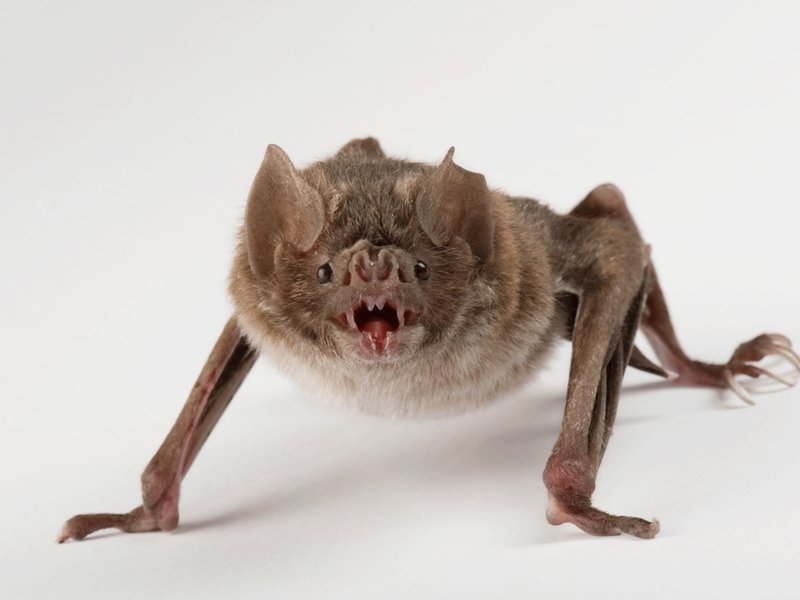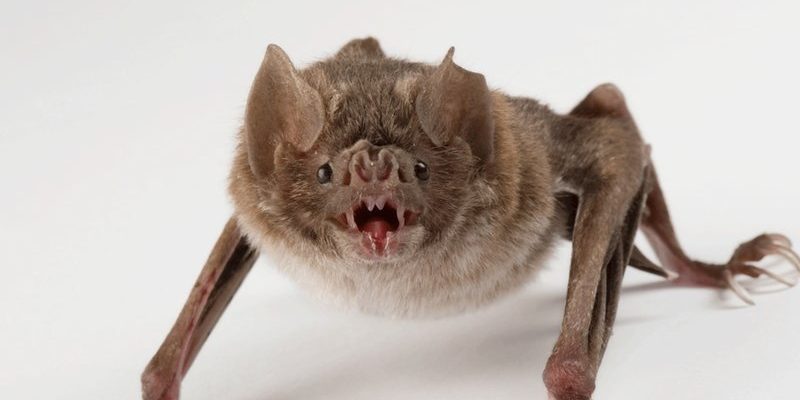
Vampire bats are fascinating creatures that mostly dwell in the warm regions of Central and South America. They have a peculiar diet that consists mainly of blood, which can sound pretty alarming at first. But before you start picturing them swooping down from the rafters, it’s essential to understand their behavior and the real risks they bring to us humans. So, can the vampire bat truly be dangerous to humans? Here’s what you need to know.
What Exactly Is a Vampire Bat?
Vampire bats are small flying mammals belonging to the family Phyllostomidae. They have a unique lifestyle compared to other bats. While most bats feast on insects or fruit, vampire bats primarily feed on blood—hence their name. There are three species of vampire bats: the common vampire bat, the hairy-legged vampire bat, and the white-winged vampire bat.
These bats are fascinating in their own right. They have specialized adaptations for their diet, including sharp teeth that allow them to make small, painless incisions on their prey’s skin. It’s almost like using a tiny straw to drink blood! But here’s the kicker: they mostly feed on livestock and other animals. Humans are rarely their target.
The Myths vs. Reality of Vampire Bats
You might be thinking that vampire bats are dangerous creatures that will attack anyone in sight. The truth is, most of their supposed “vampiric” traits have been exaggerated over the years. Vampire bats are skittish and will avoid humans whenever possible. In fact, they typically prefer animals, as they are more abundant and easier to access.
Here’s the reality check: while vampire bats can bite humans, they often don’t. The chances of encountering a vampire bat trying to feed on you are slim, especially if you’re in a populated area. If you’re hiking in the Amazon rainforest, sure, keep an eye out. But in your backyard? Not very likely.
Are Vampire Bats Dangerous to Humans?
So, when it comes to the question of danger, the risk is pretty low—but not entirely nonexistent. If a vampire bat bites a human, there are potential health risks. One of the significant concerns is *rabies*. Vampire bats can carry the rabies virus and potentially transmit it through their bites. Rabies is a serious disease that can be fatal if untreated.
Additionally, if someone is bitten, there’s a chance of infection from the wound. Vampire bat saliva has anticoagulants, which keep the blood flowing while they feed but can also introduce bacteria into the bite. So while you might be safe, it’s crucial to keep an eye out for any signs of infection or illness if bitten.
How Do Vampire Bats Affect Livestock and Humans?
One of the more significant impacts of vampire bats is on livestock. They often target cows, goats, and other farm animals for their blood meals. This can cause significant harm to farmers, leading to financial losses. Livestock that are frequently bitten may experience stress, anemia, and, in severe cases, even death.
When it comes to human interactions, farmers or those who work closely with livestock might be at a slightly higher risk. Some communities in Central and South America have found that close living quarters with livestock can increase the chance of vampire bat encounters. This means that while the risk is low, it can still be a concern in some rural areas.
Prevention and Safety Tips
If you’re worried about vampire bats, there are several ways to protect yourself and your livestock:
- Keep Livestock Indoors: Bringing cows or goats indoors at night can reduce their chances of being bitten.
- Use Protective Barriers: Fencing and other barriers can help keep bats away from vulnerable animals.
- Consult with Local Experts: If you live in areas where vampire bats are common, talk to local wildlife experts about effective prevention techniques.
- Get Vaccinated: For those who work with livestock in high-risk areas, rabies vaccinations may be a wise precaution.
By taking simple precautions, you can greatly reduce the risks associated with vampire bats.
In summary, while vampire bats have an eerie reputation, they are generally not a significant threat to humans. They mainly focus on livestock and prefer to avoid human contact whenever possible. However, understanding the risks, especially regarding rabies, is essential.
By being informed and taking some straightforward prevention steps, you can coexist with these fascinating creatures. Remember, nature has its balance, and every creature, even the vampire bat, plays a role in the ecosystem. So, the next time someone mentions vampire bats, you’ll know the truth—and you can sip your coffee with a smile!

